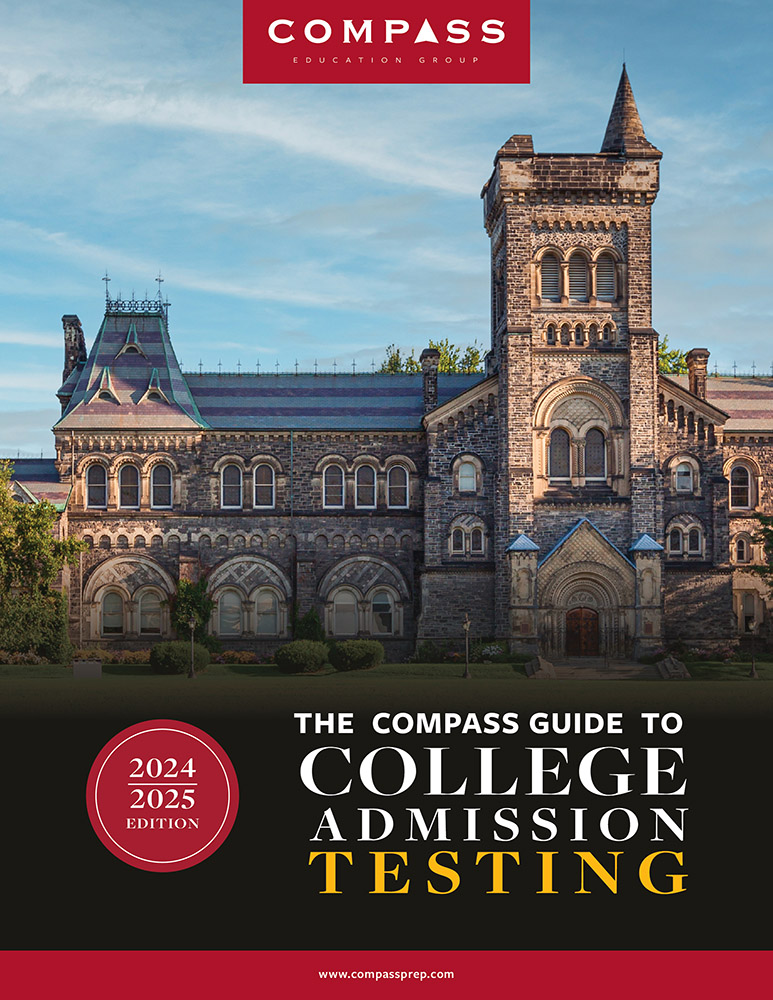
Both the SAT and ACT once asked students to write a straightforward persuasive essay. Now, these tests have new essay requirements and prompts that are more complex in that they invite students to think critically about how persuasive arguments are made. These writing assignments appear at the end of each test and are optional. You should be aware of what each test asks of students, since the tasks are quite different.
| Timing | 50 minutes | 40 minutes |
| Scoring | 2-8, 2-8, 2-8 (scores are not added together) | 2-12 (scores for each domain are averaged together) |
| Scoring Domains | RAW – Reading, Analysis, Writing | IDOL - Ideas & Analysis, Development & Support, Organization, Language Use |
ACT
The ACT prompt invites you to write an essay that both takes a stance on an issue and respectfully analyzes other points of view. Think of this as speaking up during a civilized discussion about a major issue of the day. For example, the opening paragraph of the prompt is the teacher introducing the topic; the three perspectives are then classmates chiming in with their opinions. You, as the writer, are then invited to speak and address the other three points of view in your essay.
To earn a high Ideas and Analysis score, you must have a strong point of view. Your stance can agree with any one of the perspectives, combine them or express an entirely different take—just make sure your perspective does appear.
For Development and Support, you need to include specific examples to back up that analysis. These examples need not be entirely factually accurate, but outlandish or obviously incorrect facts will distract readers, even if the bogus facts can’t be counted against you. The opening paragraph is full of general examples—pick something mentioned therein and get specific with personal experience or current events.
Earning a high Organization score will depend on structuring the essay into focused paragraphs. Each perspective should get its own paragraph for sake of simplicity.
And lastly, the Language Use score depends not only on sophisticated vocabulary but also on varied sentence structure and transitions.
SAT
The SAT instructions ask for an analysis of how a persuasive piece of writing was put together. What the SAT does not want is your point of view or to hear the main argument of the passage. Thus, if you express your opinion about the issue at hand or the effectiveness of the argument, you’re missing the task. The biggest mistake students make, in my experience, is summarizing the argument and not writing about how the argument was constructed.
The assignment is less a classroom discussion and more like a restaurant review. The SAT presents you with something delectable—your task is then to analyze how this was assembled and what made it so effective. Every good piece of writing—as the SAT will remind you—uses certain techniques to make its point. You should look for anything that makes the author’s argument convincing—be it evidence, reasoning, or style. Think of evidence as facts, examples, or a piece of data. Think of reasoning as any statement that could contain the word “because.” And think of style as word choice that pushes the reader to feel.
The essay readers score for how well you’ve understood the passage (Reading), how well the rhetorical strategies were analyzed (Analysis), and how well the ideas were expressed (Writing). Each reader assigns a score of 1–4 for each category, yielding possible scores of 2–8. As Reading is just as important as Writing, make sure to devote a sufficient chunk of the 50 minutes to reading the piece to understand the argument and search for facts, logic, and word choice that make it effective. Also, facts matter—a fundamental misunderstanding of the text will count against the Reading score, so be sure to read carefully. Know where the text comes from, who wrote it, and what its central argument is.

